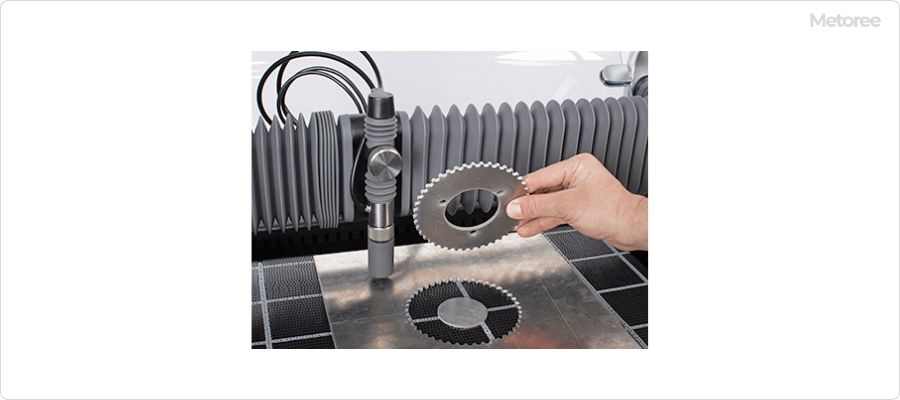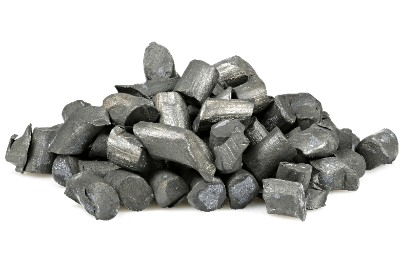What Are Antistatic Materials?
Antistatic materials are those formulated with antistatic agents to prevent the accumulation of static electricity. They are particularly useful for materials with high electrical resistance that are prone to charging. These materials, including plastics, are molded to resist the buildup of static electricity.
Antistatic materials can also refer to those that have been treated with antistatic film or tape to prevent charging. This category includes materials used to prevent static buildup.
Static electricity often accumulates on the surfaces of poor electrical conductors, such as plastics. The triboelectric series arranges materials based on their tendency to acquire positive or negative charges. For example, nylon tends to become positively charged, while materials like Teflon and polyester often acquire strong negative charges. Cotton, being relatively neutral in the series, is a moderate conductor of electricity.
When materials with opposite charges or conductive materials like metals come into close proximity, a rapid movement of electricity or discharge can occur. This discharge can lead to sparking, potential ignition or explosions, electronic circuit damage, and electric shocks in humans.
Materials charged with static electricity can also attract airborne dust, causing surfaces to become dirty quickly.
Uses of Antistatic Materials
Antistatic materials are essential in environments where static electricity can cause damage or malfunctions, such as in semiconductor manufacturing or with electronic devices.
In semiconductor and electronic component manufacturing, antistatic precautions are crucial to prevent damage from electrostatic discharge. Facilities use antistatic components like robot arms for wafer handling, fixtures, storage, and transport cases. Workers in clean rooms also wear antistatic garments like clean suits, boots, and gloves.
A common example of antistatic material in everyday life is the static electricity removal sheet found at self-service gas stations. Typically made of rubber, these sheets help discharge static electricity from the body gradually.
Principles of Antistatic Materials
Antistatic properties are usually imparted to plastics by incorporating antistatic agents during molding. The two primary methods for manufacturing antistatic components are:
The first method mixes an antistatic agent, usually a surfactant-based additive, into the base plastic. Near the plastic’s surface, the antistatic agent forms a film with hydrophilic groups that attract moisture. This moisture creates a thin film of water allowing electron flow and reducing static buildup.
The second method, used in injection molding, introduces the antistatic agent towards the end of the process, creating a surface film. Permanently antistatic agents, which don’t migrate within the plastic, are used. These agents, having lower melting points than the base material, form an antistatic surface film during molding. This technique requires advanced molding technology.
Types of Antistatic Materials
Besides plastics with added antistatic agents, there are various products designed to prevent charging in existing items. These include antistatic films for panels and displays, antistatic sheets for floors or machinery covers, and spray-on antistatic agents for plastic surfaces. These products are available commercially for a wide range of antistatic applications.

